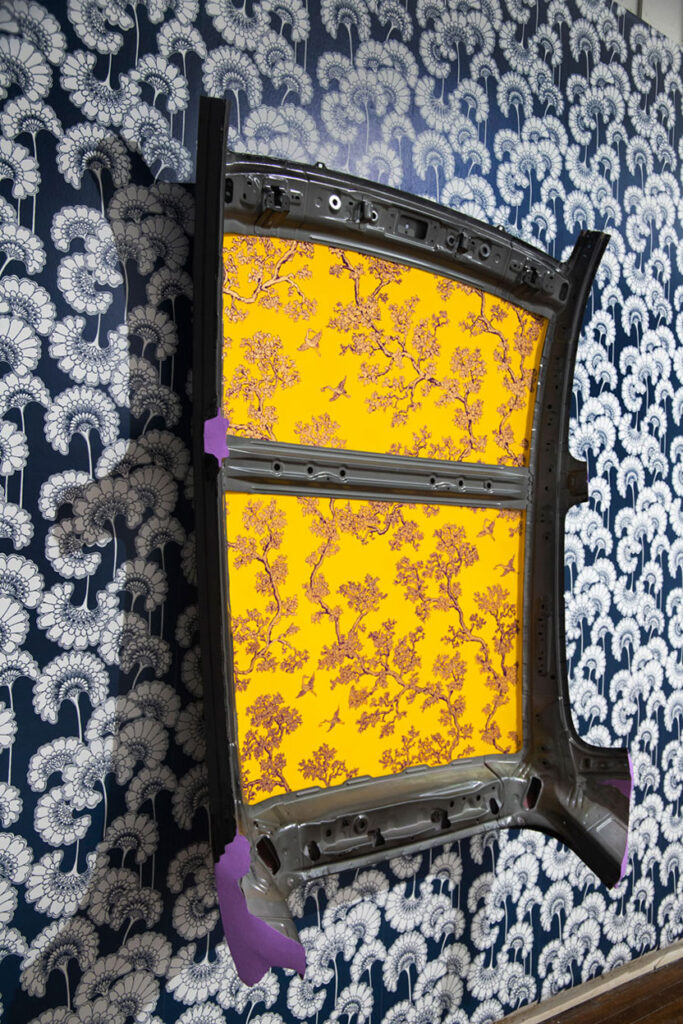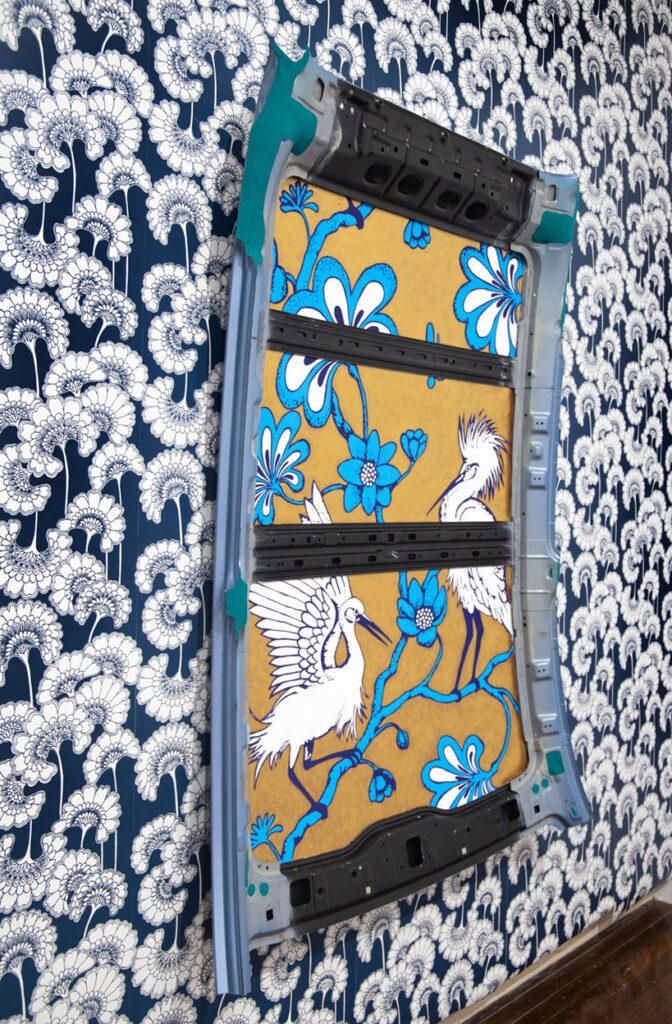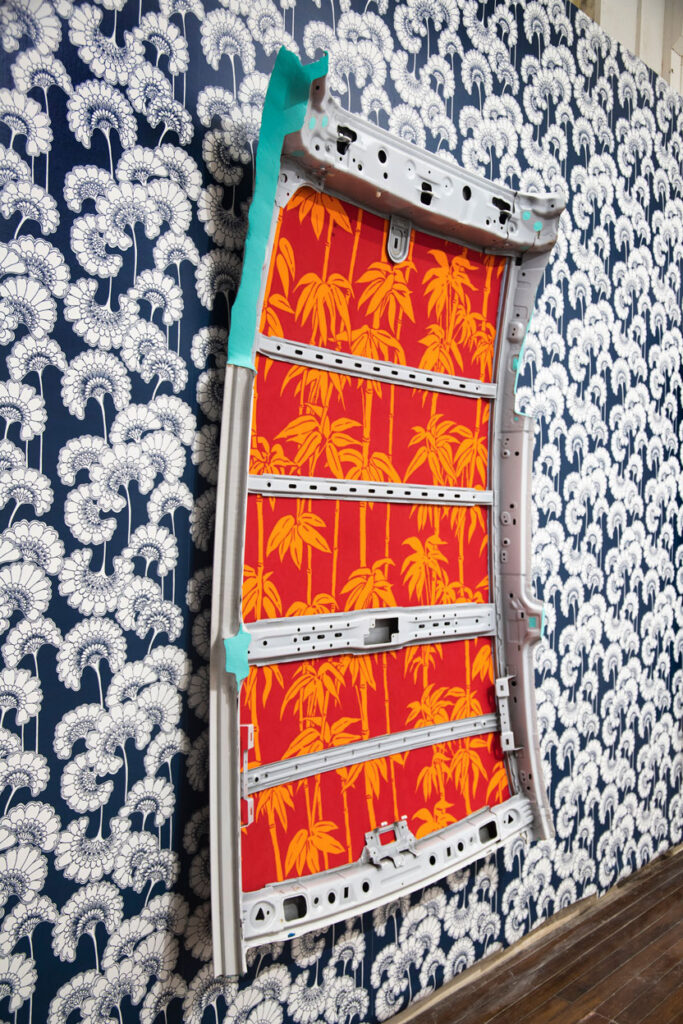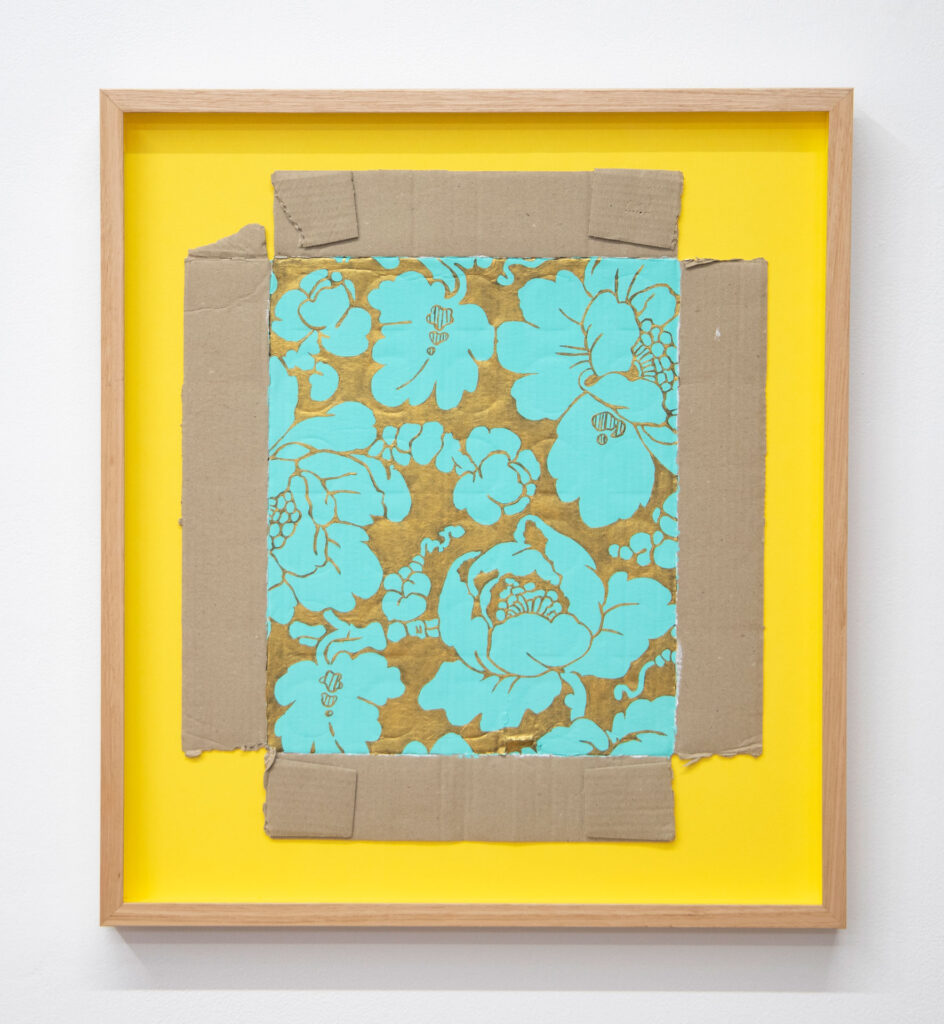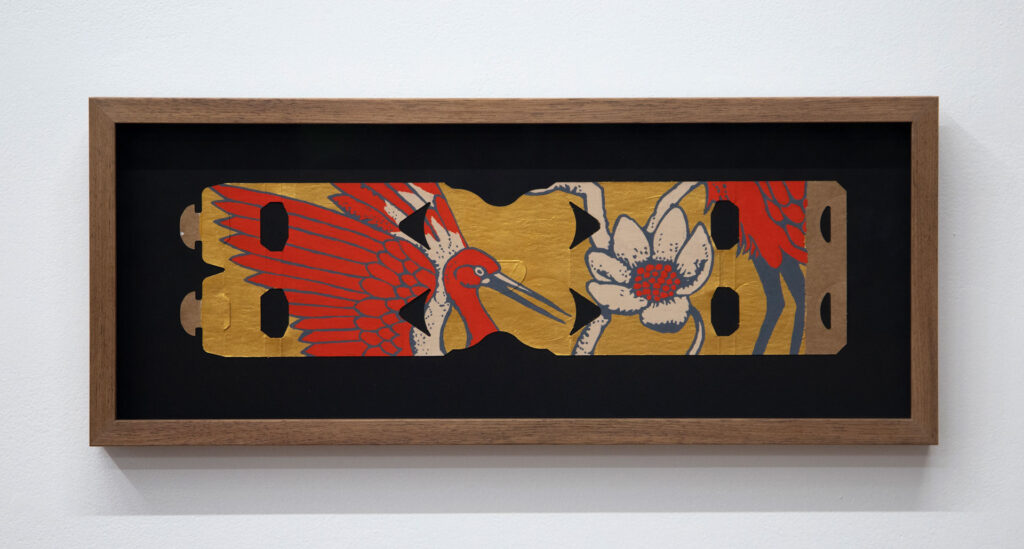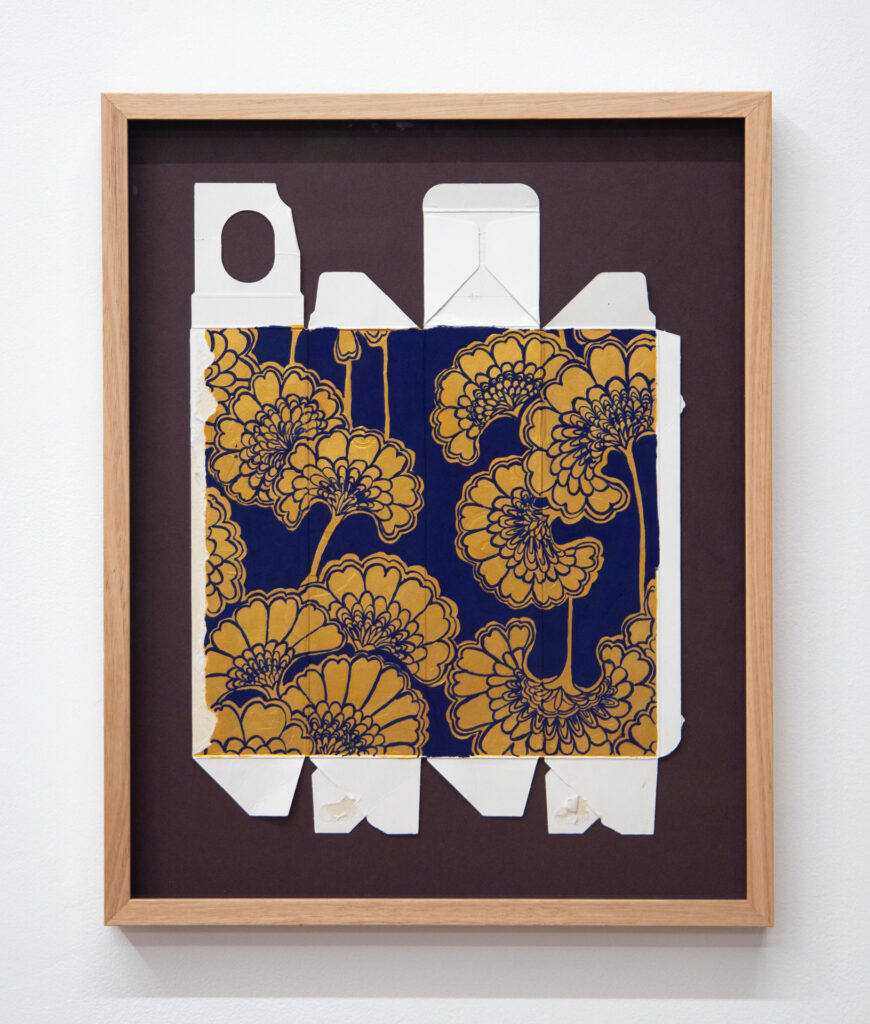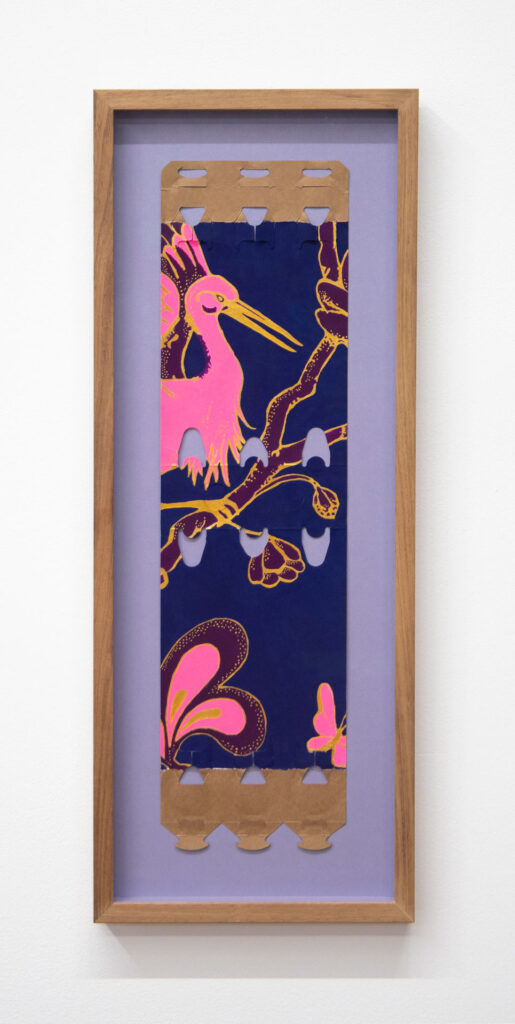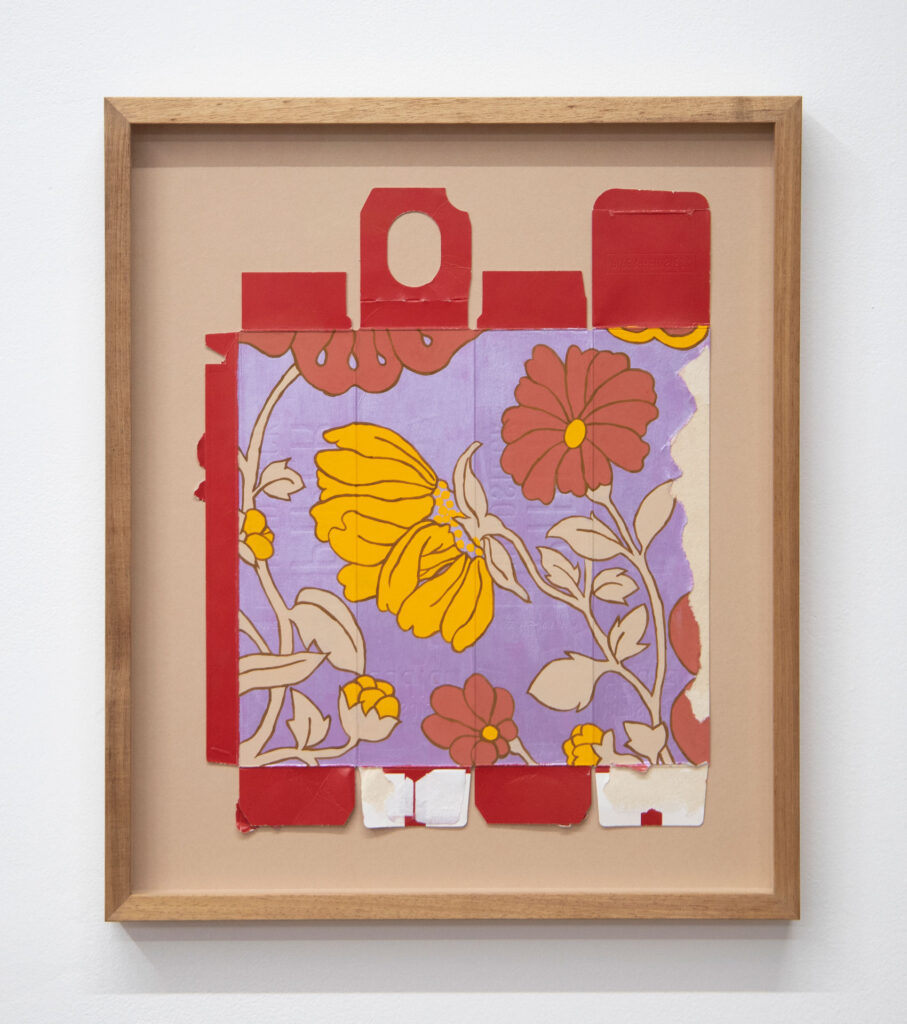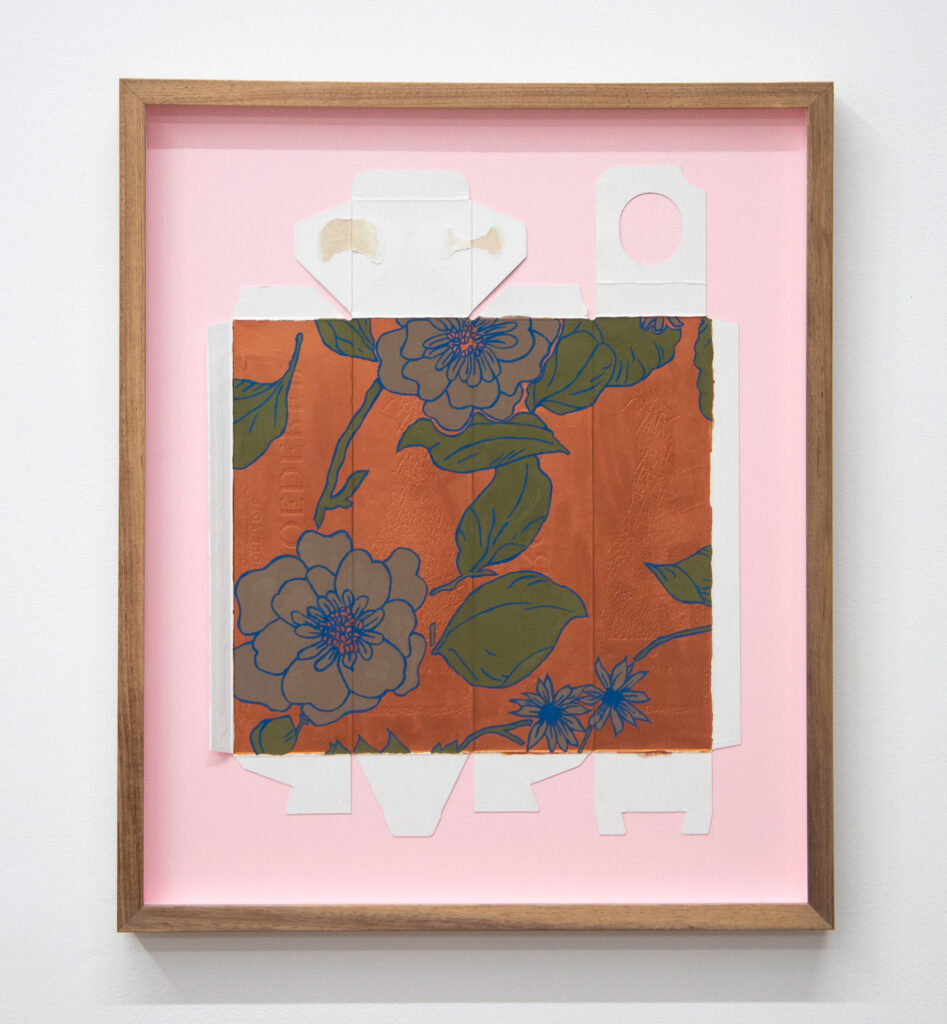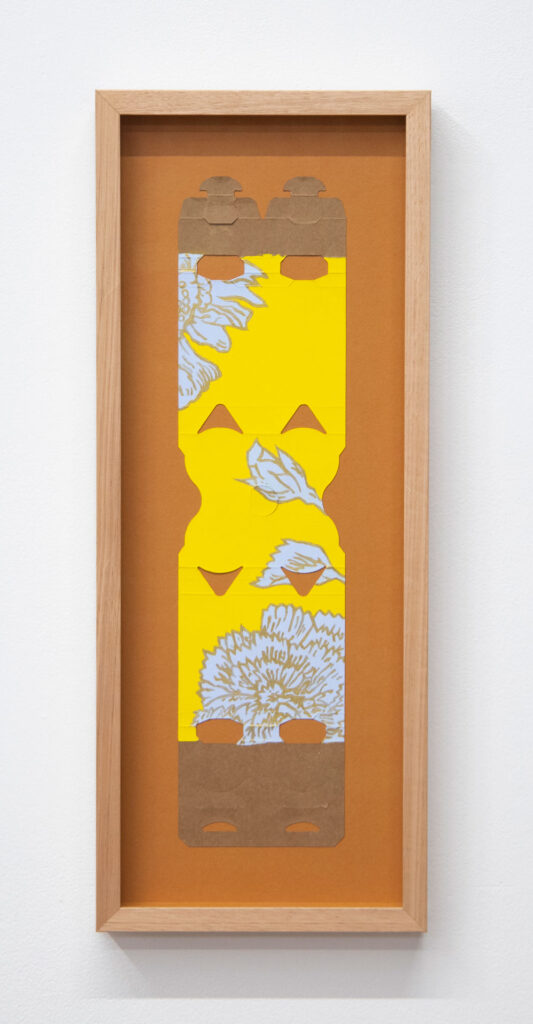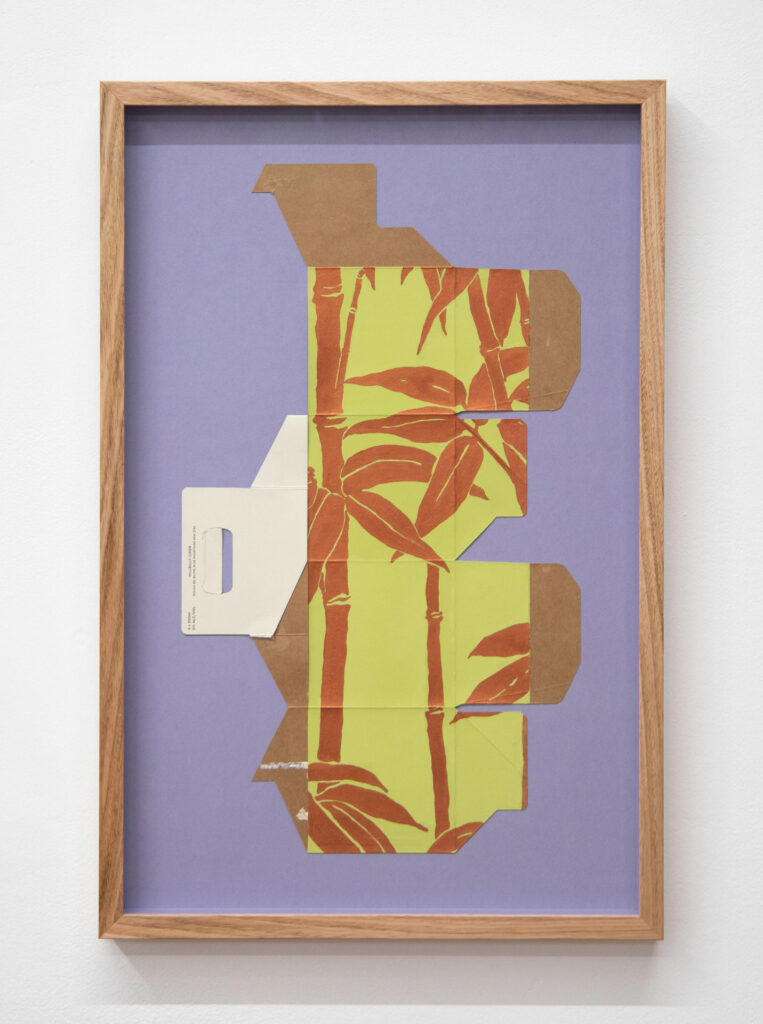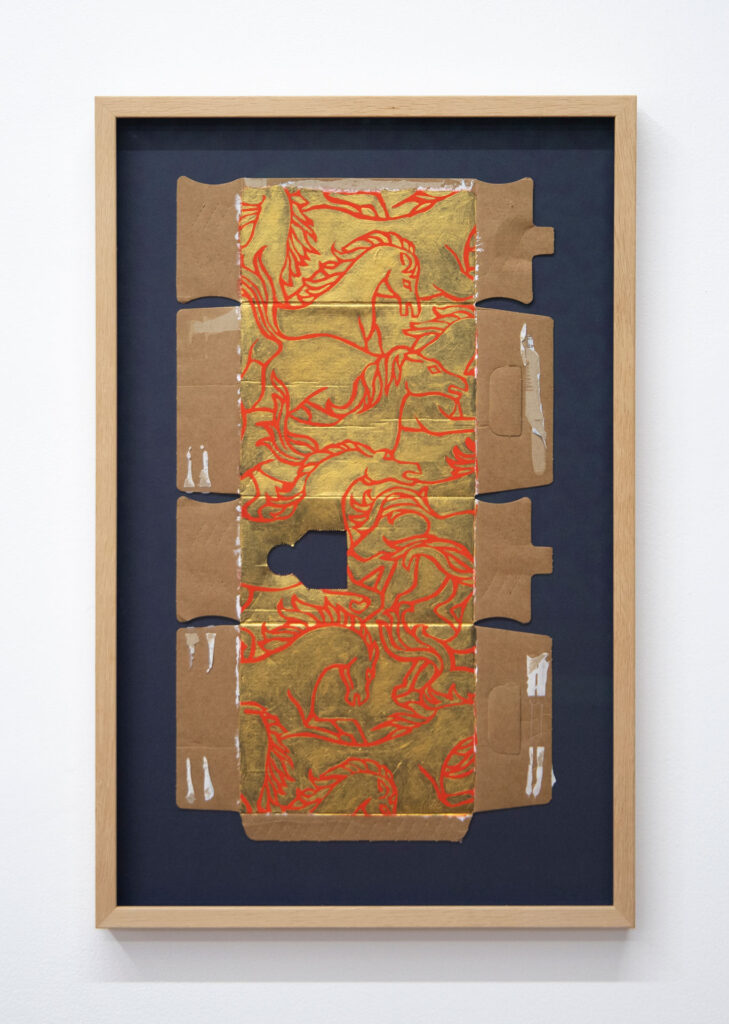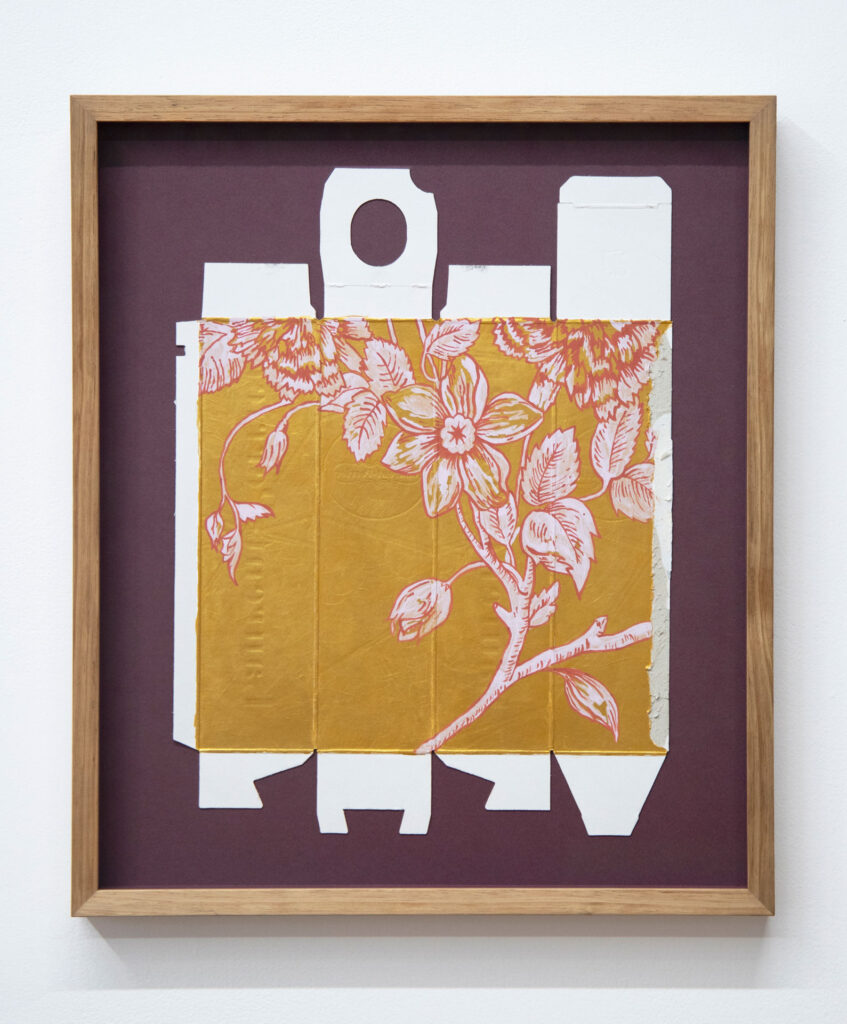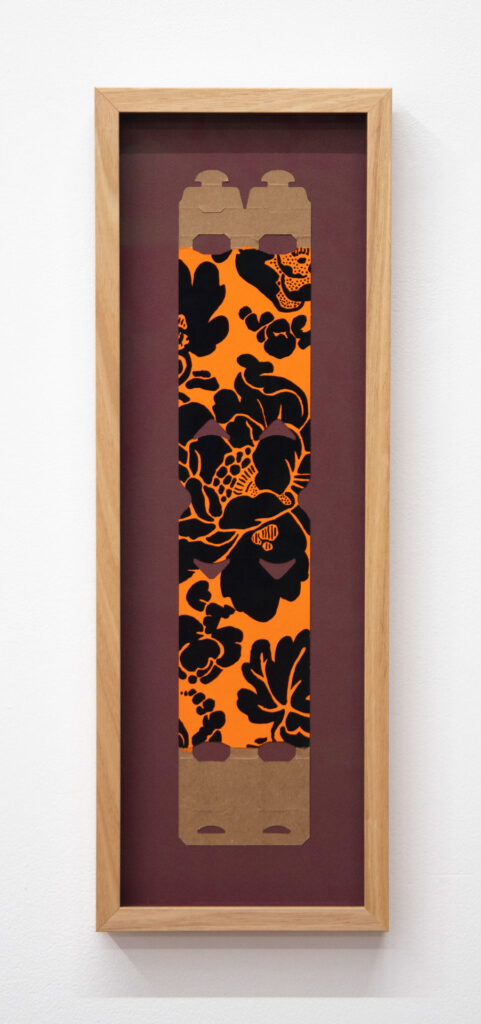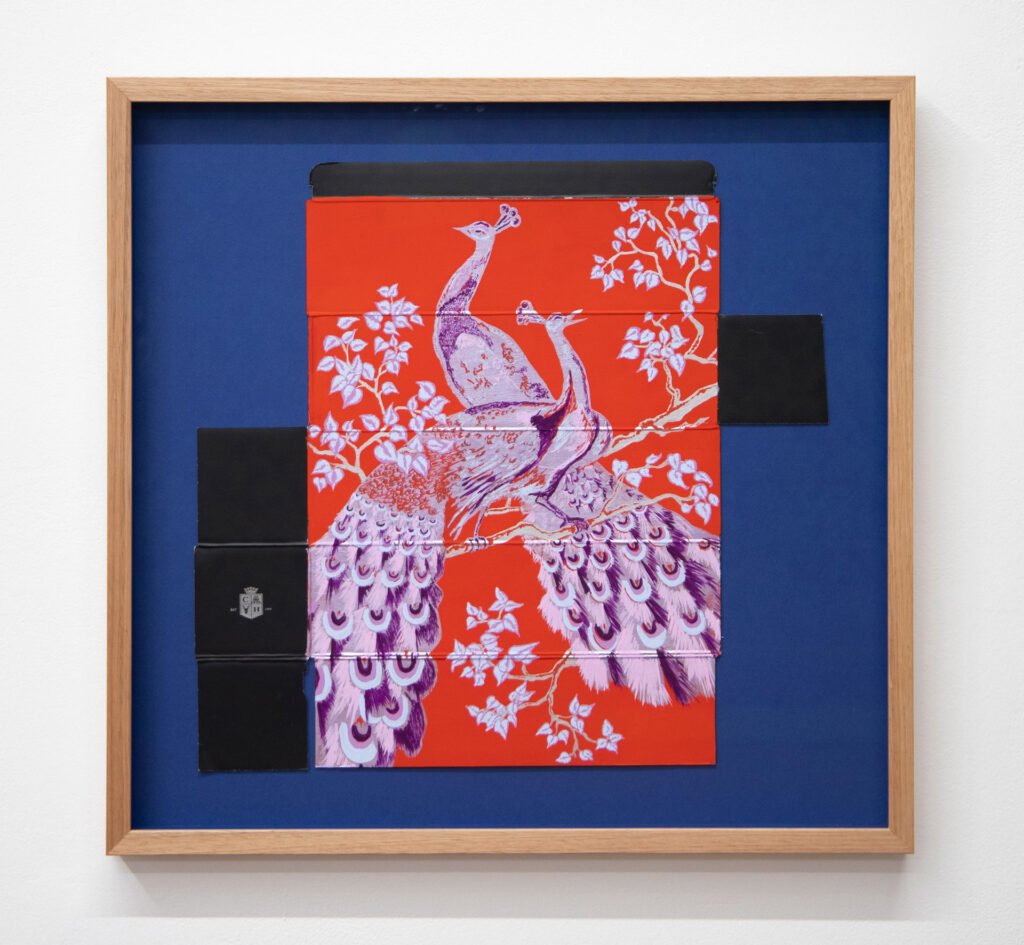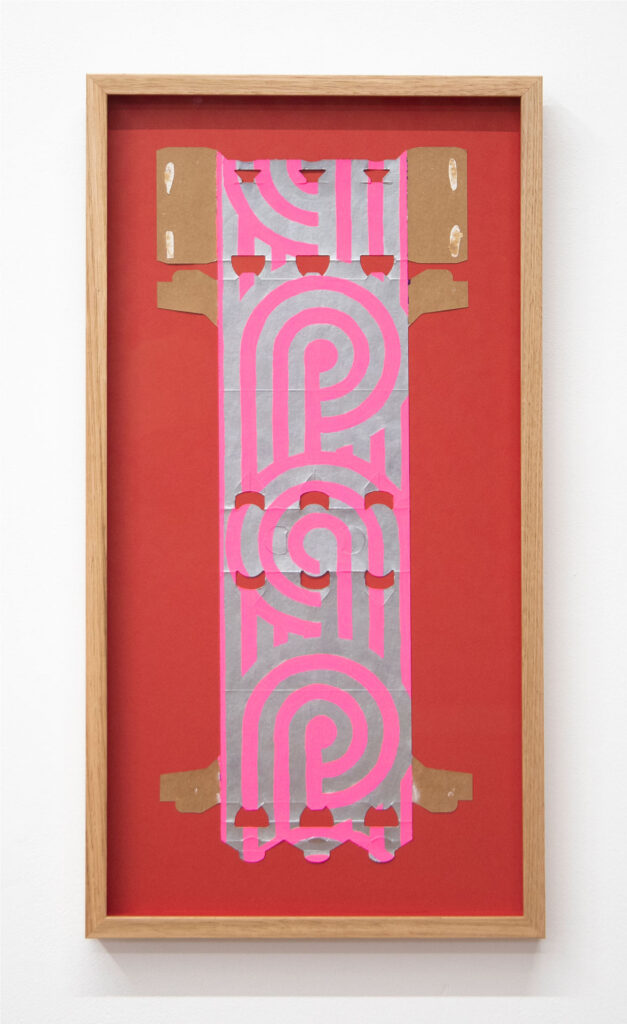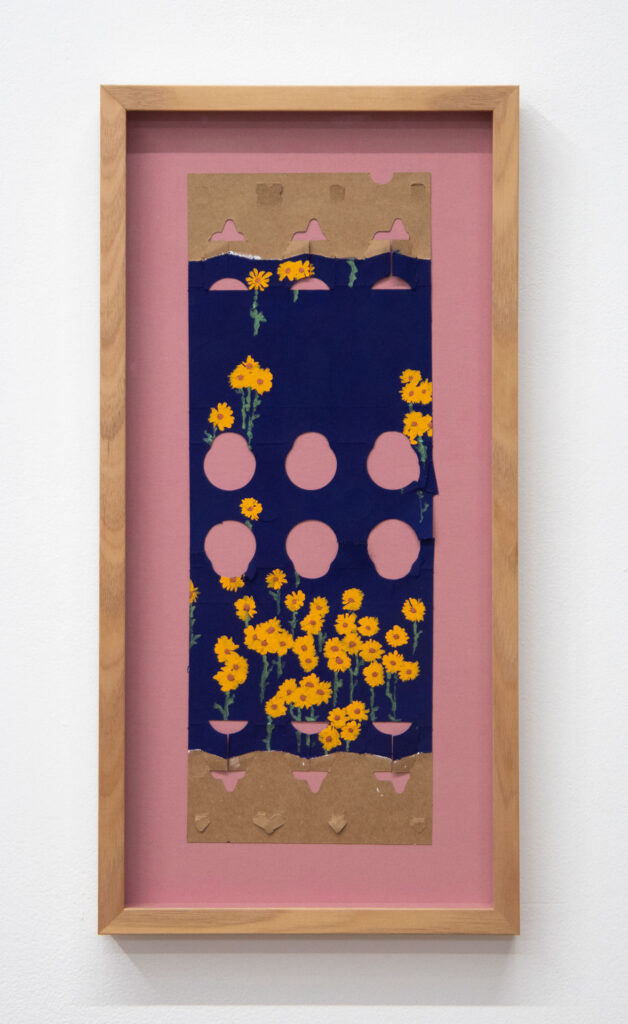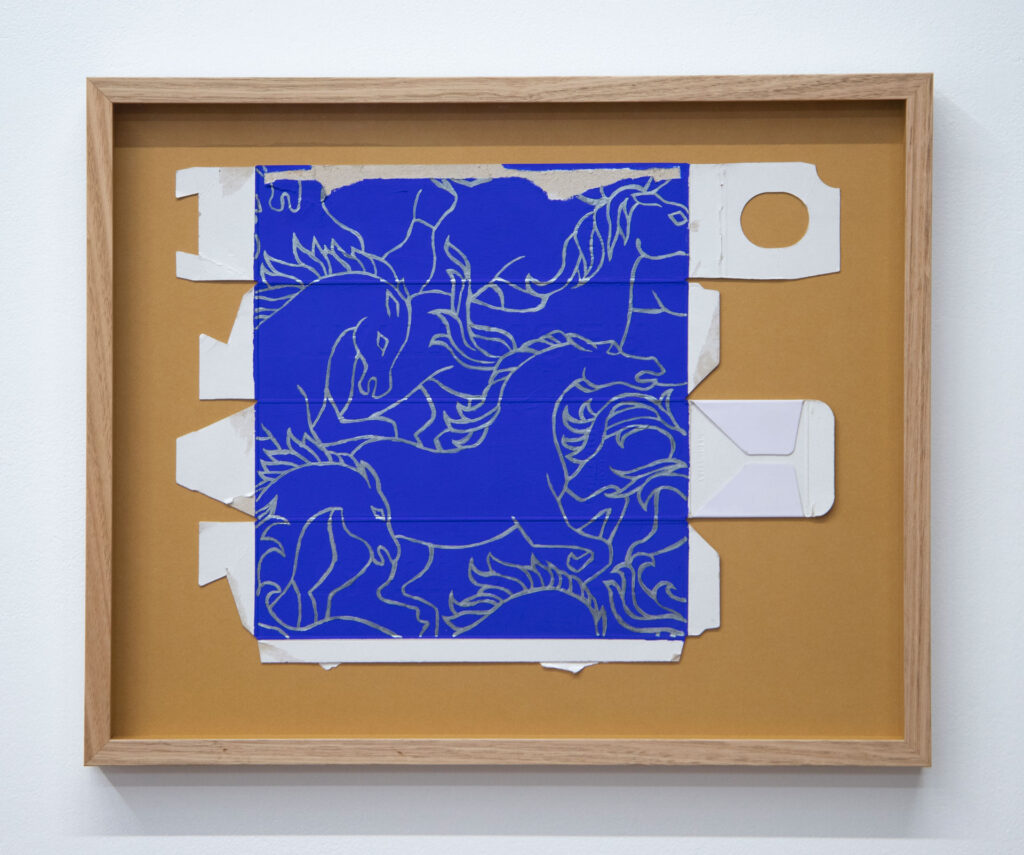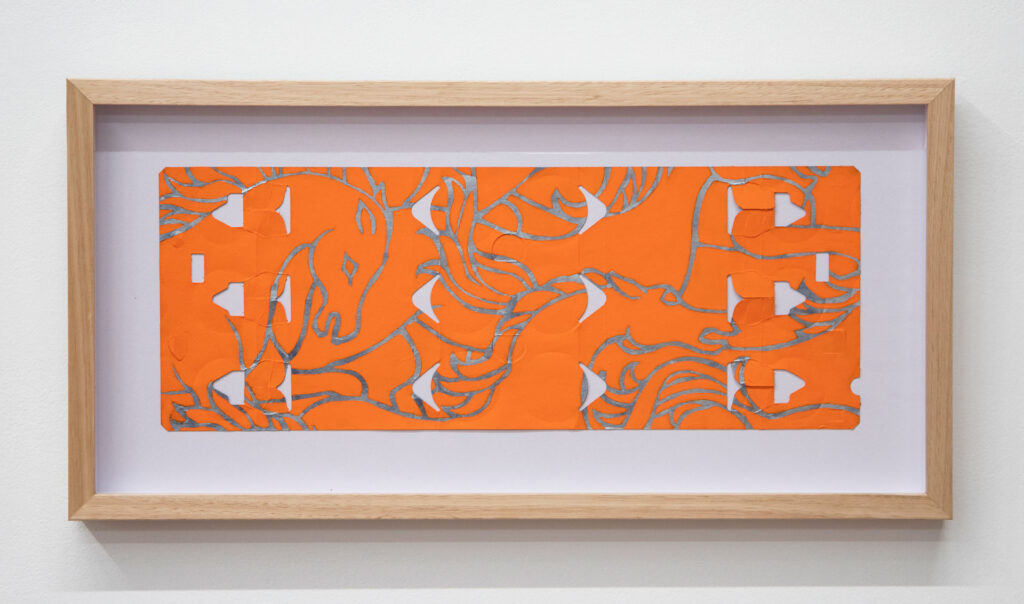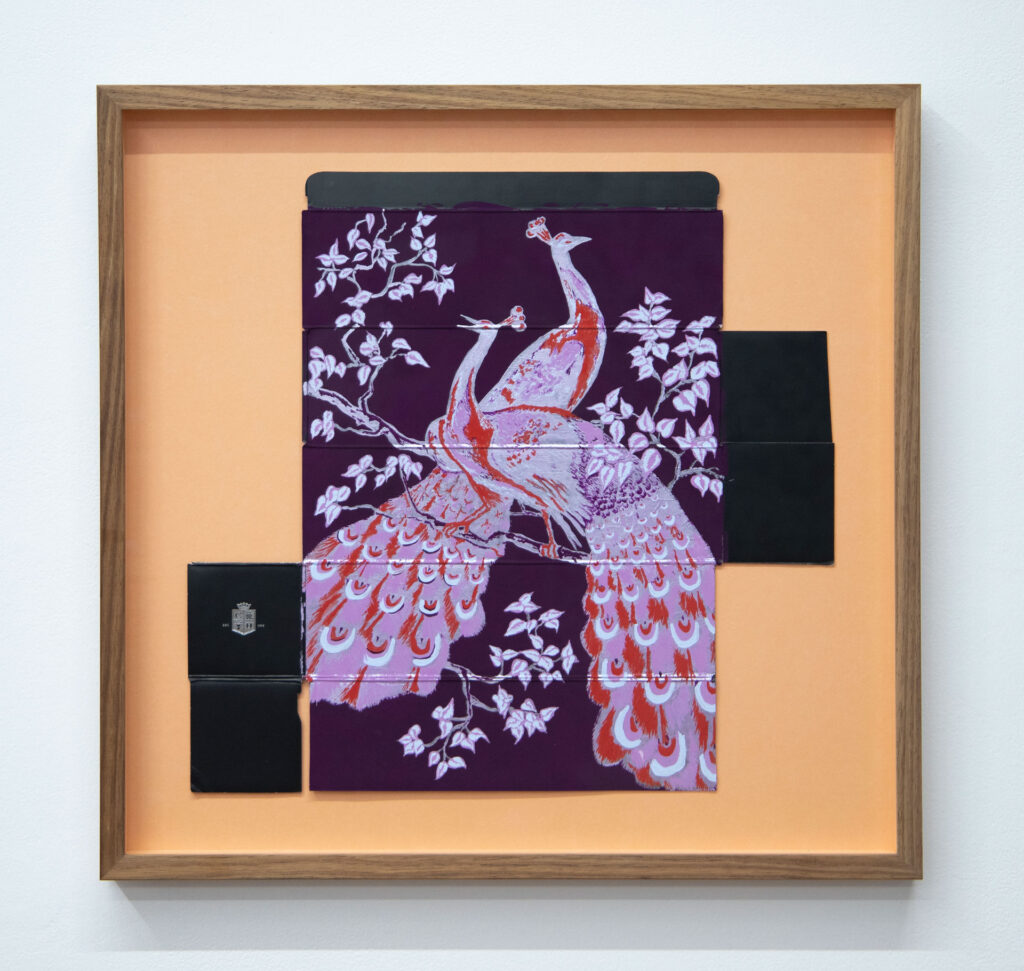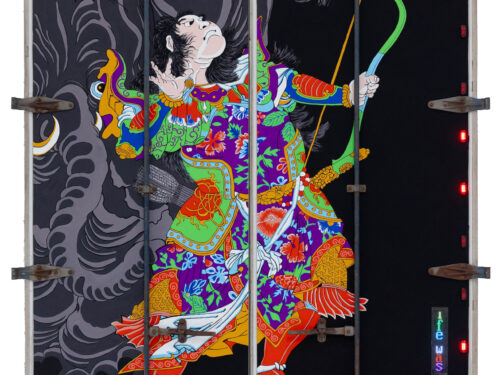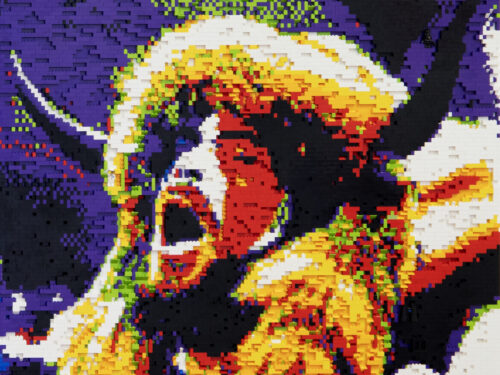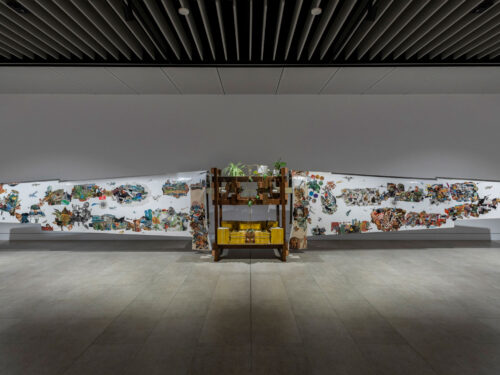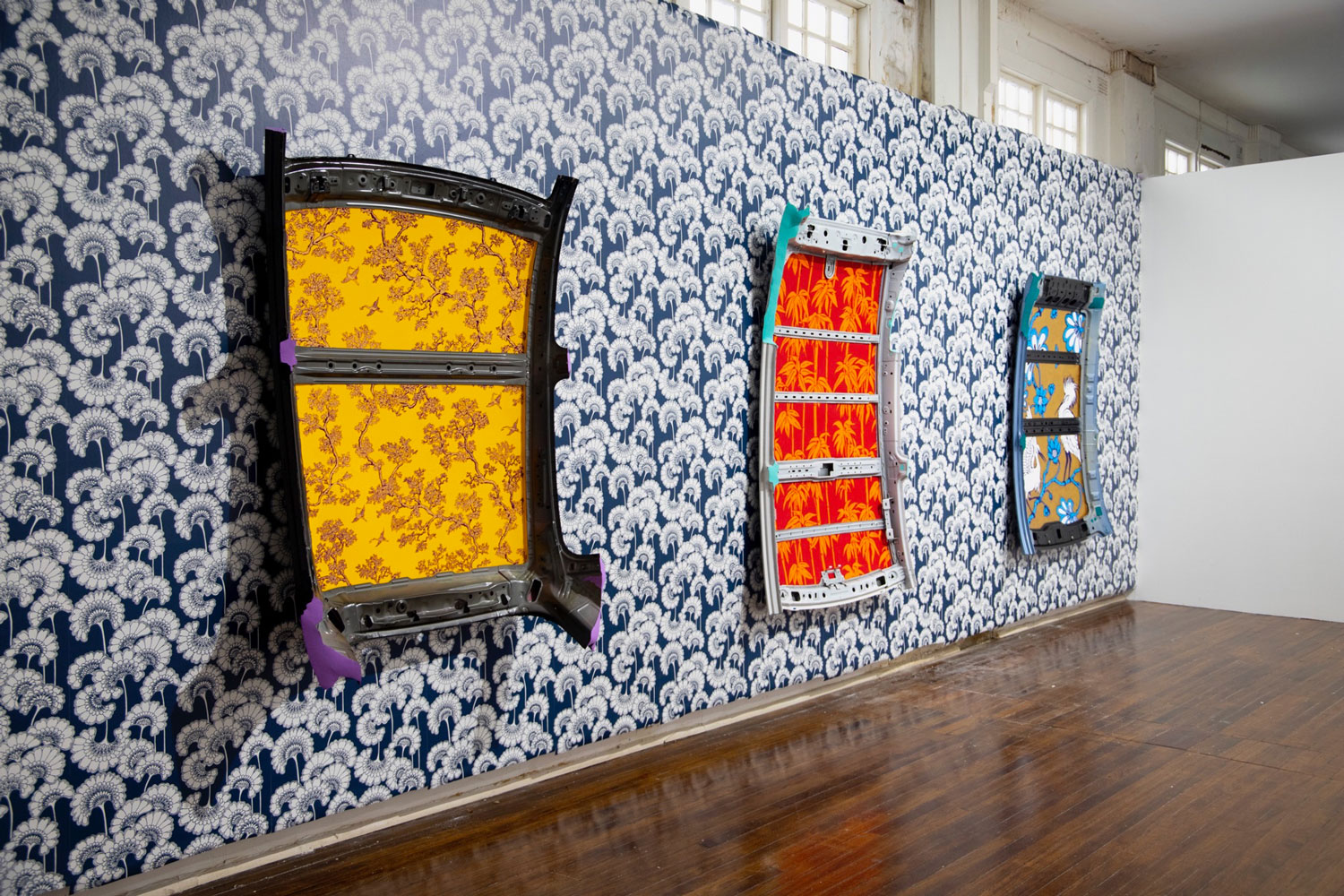
After the Gap Year
After The Gap Year
by Claire Healy and Sean Cordeiro
Does Florence Broadhurst need an introduction? Singer, dancer, painter, successful entrepreneur, designer, traveler, cultural appropriator, Svengali, formidable BS artist: more of a force of nature than an individual. FB was a woman who was able to both understand and steer the zeitgeist; an individual of her time and an individual before her time.
Our exhibition draws upon an awkward part of FB’s life in order to explore the post-liminal space currently known as ‘The Gap Year’. In the pre-covid era, a Gap Year was a near-compulsory period of travel sandwiched between study and full-time employment. A first-cousin to the German Wanderjahre, the Gap Year hopefully offered the participant exposure to new cultures and experiences.
In 1922 a 23 year-old FB left her hometown in Mount Perry, Queensland and headed over to Shanghai as a member of The Smart Set Diggers- a (previously) all-male cast of singing and dancing female impersonators. Living a proto-Gap Year in Shanghai until 1927, FB donned a British persona and changed her name to Bobby, earning a living as a traveling performer and in later years managing the Broadhurst Academy Incorporated School of the Arts in Kiangse Road. She was able to make full use of the tail end of the Pax Britannica and toured through Asia and the Orient including Japan, Indonesia, India and Afghanistan.
So how did she feel when, after 5 years of living in Asia, she found herself back in Mount Perry, working alongside her sister Priscilla at her father’s pub, The Grand Hotel? It’s a situation that many have experienced; trying to marry up the person that you have become with the perception of the person that you were before you left.
To illustrate this idea, we’ve brought together some of FB’s subsequent Asian and Oriental ‘inspired’ wallpaper designs and painted them upon beer and wine cardboard packaging. This combination of the exotic and the mundane brings together her experiences of different aesthetic cultures with the realities of working back in a rural pub in Australia. Regardless of the perceived ethics and morality of FB’s cultural appropriations, viewers may agree that FB’s vision was certainly aspirational. She carried the memories of the experiences she had within her, regardless of her current situation.
It is a situation that many can empathise with: at least the Germanic Wanderjahre (Journeyman years) conclude with the creation of a meisterstück: a masterpiece representing the skills and knowledge that the Journeyman had accrued during his travels. The modern-day Gap Year-er may tangibly have little to show for their efforts other than an extra couple of lines in a CV and the new ability to open a beer bottle with a cigarette lighter.
FB was later able to employ her business acumen to exploit the experiences she sought during these Journeyman years but one can only imagine how she felt serving drinks at her family’s establishment. The objects that we have created are a reflection of this internal struggle that many face: the struggle between our concept of who we are (or who we have become) compared to other people’s perception of who they think we are.


